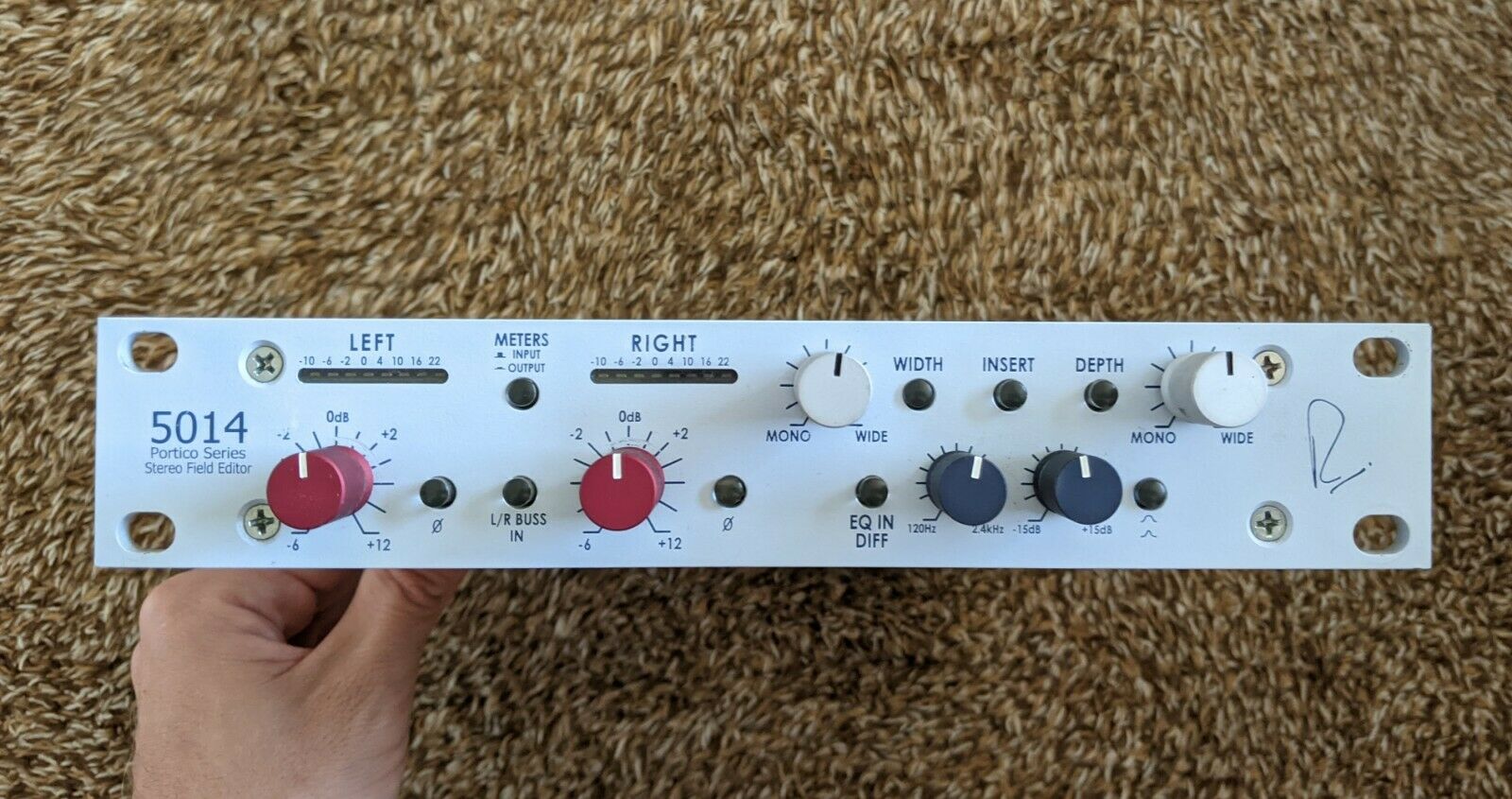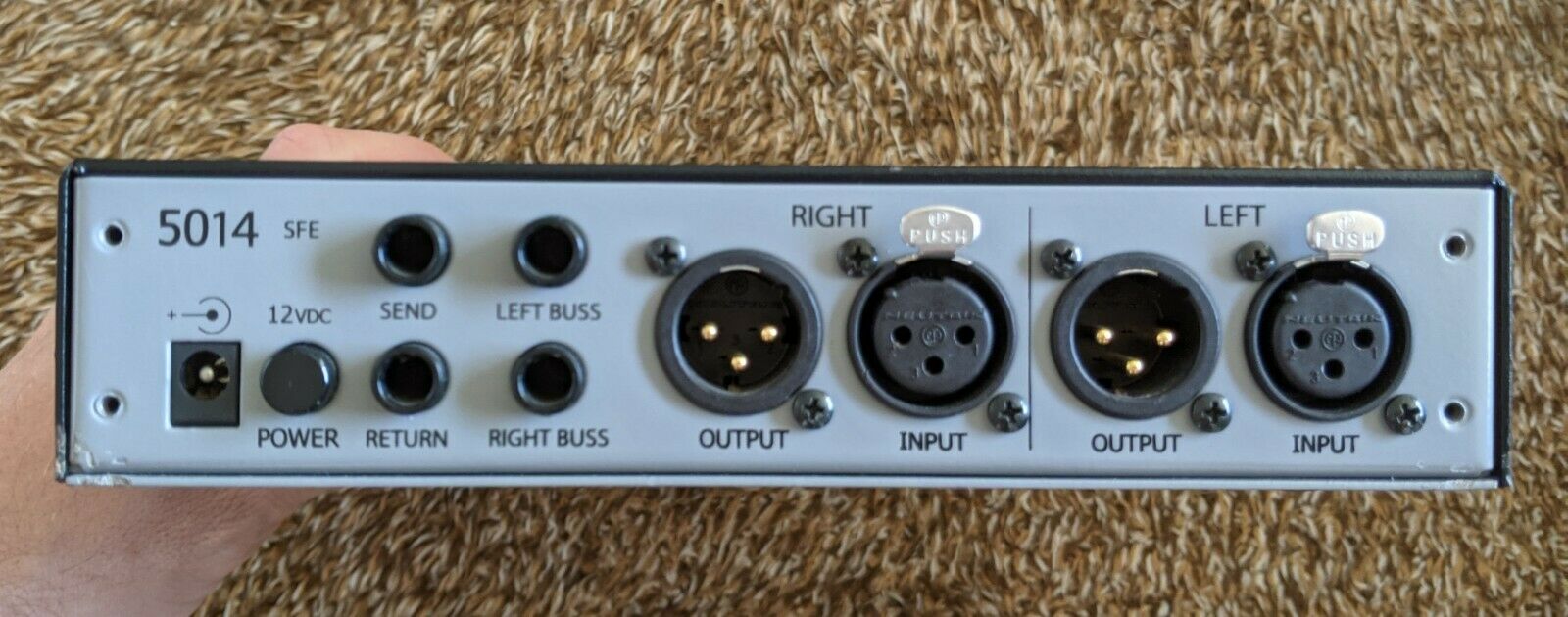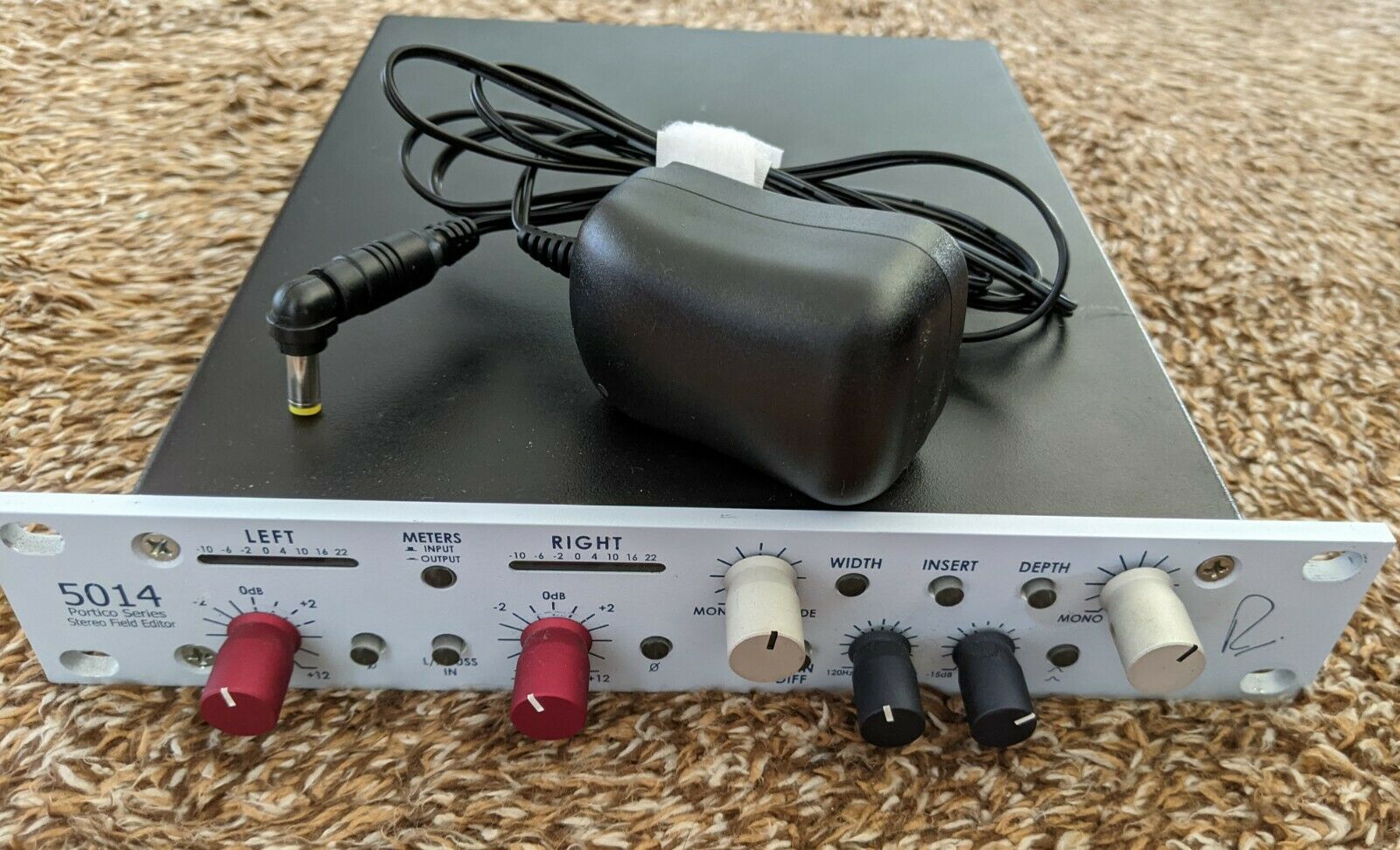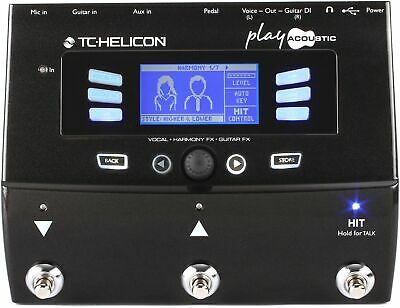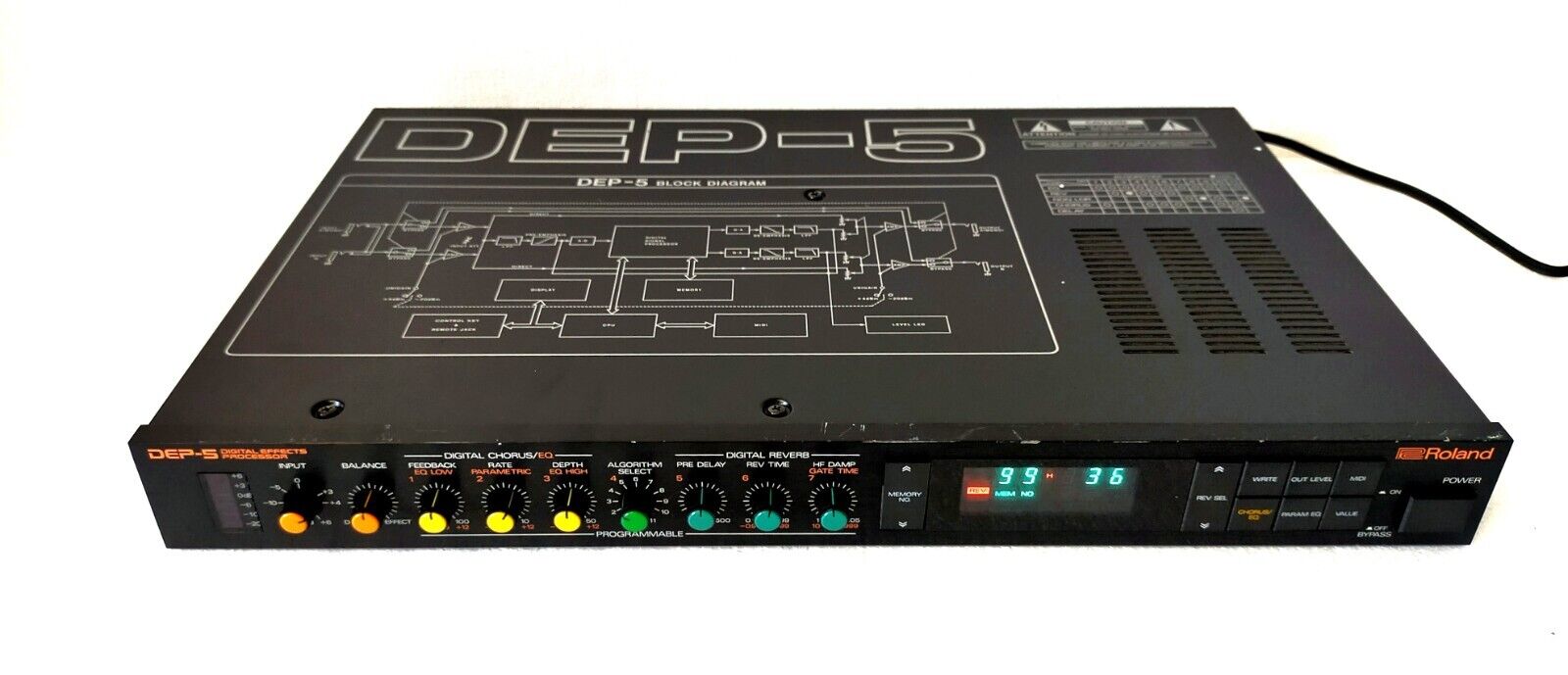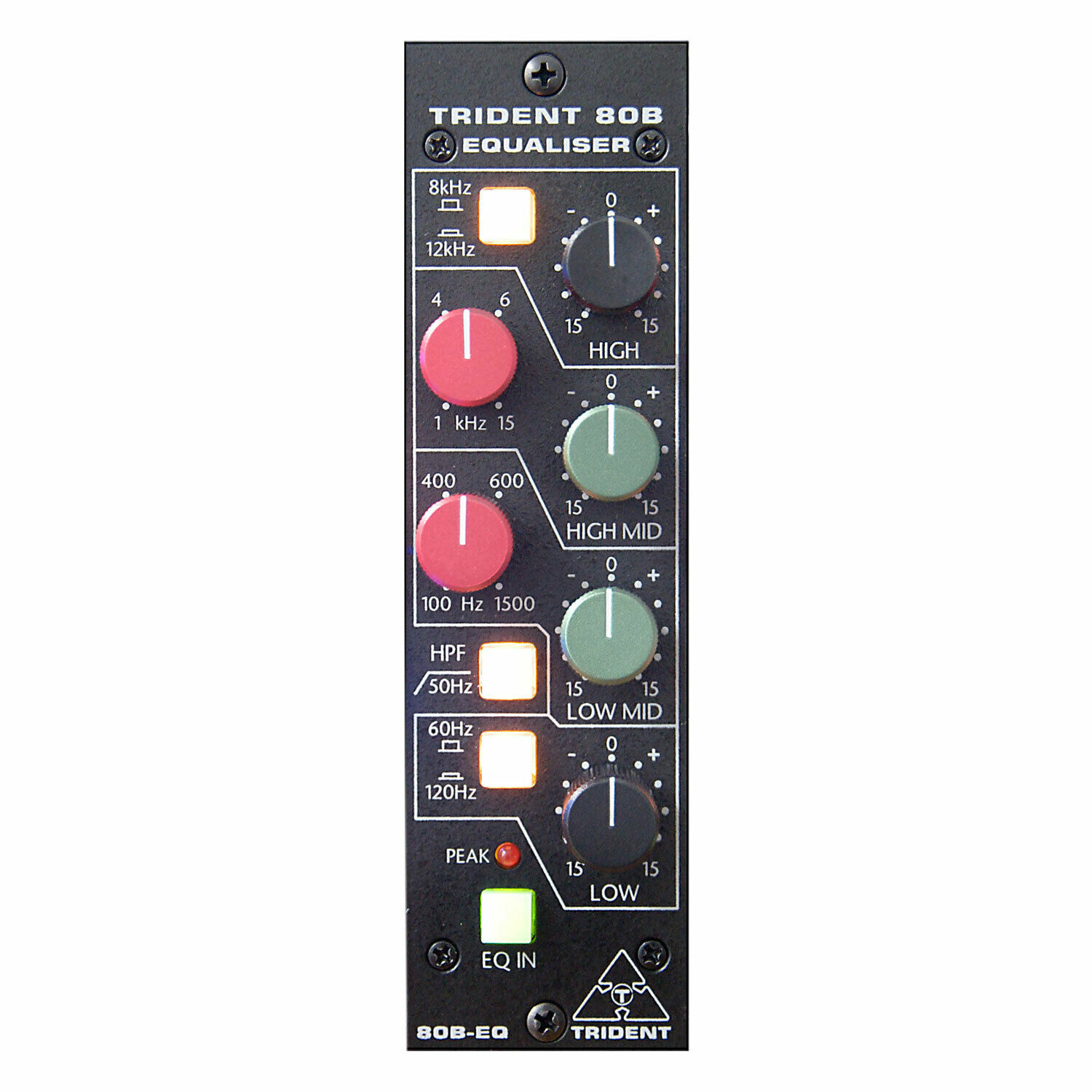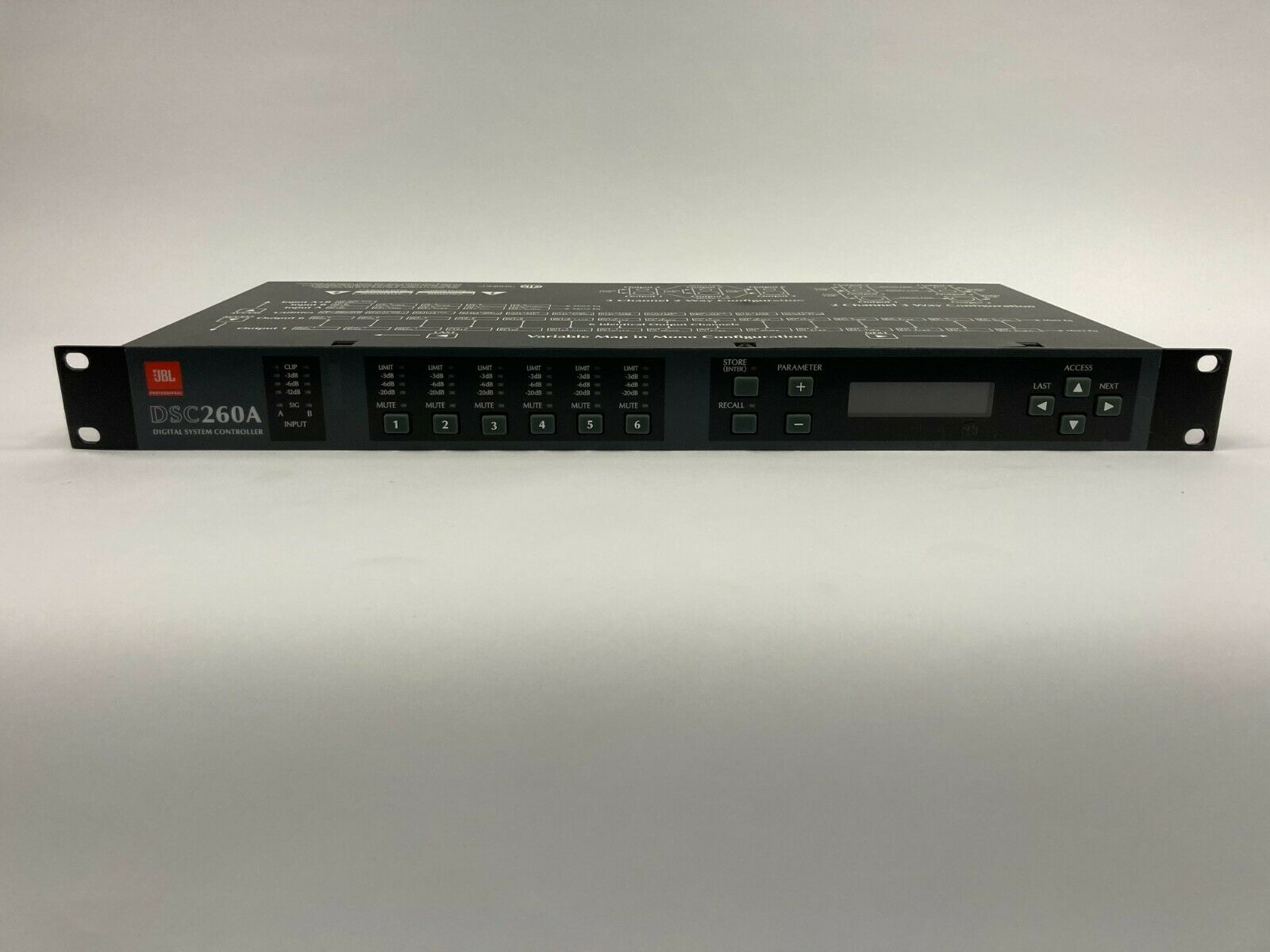-40%
Rupert Neve Designs Portico 5014 Stereo Field Editor rackmount unit
$ 527.99
- Description
- Size Guide
Description
Rupert Neve Designs Portico 5014 Stereo Field Editor rackmount unit. Condition is "Used". These are becoming difficult to find. Half rack unit - Fully functional, comes with non-OEM power supply.The Neve 5014 allows you to sculpt the stereo image in an entirely analog fashion by utilizing sophisticated mid/side and "difference" signal processing. I know of no other device that allows you to add or diminish width in an entirely analog fashion.
Previous auction winner backed out, back up for grabs.
From Neve:
Vintage tone from Mr. Rupert Neve!
The Portico 5014 Stereo Field Editor from Rupert Neve Designs gives recording, mixing, and mastering engineers an innovative tool to alter the stereo field. As an entirely analog device, the Portico 5014 allows for the manipulation of the relationship between mono panned images and stereo ambience along with the ability to insert EQs or compressors into the signal path to selectively alter only certain parts of the overall sound. By utilizing Mr. Rupert Neve's custom transformer designs, the Portico 5014 has a sound all its own.
Rupert Neve Designs Portico 5014 Stereo Field Editor at a Glance:
Built for premium sound
Adjust the width of any mix
Modify the depth
of the mix
Difference channel insert
Difference channel EQ
Built for premium sound
The Portico 5014 uses discrete component circuits, comprising a variable sum and difference network with level and phase controls, together with other key features, to affect stereo sources. Intended for recording, mixing and mastering applications, the Portico 5014 differentiates between near field (direct) and far field (ambient) sources and allows the manipulation of the relationship between mono panned images and stereo ambience through the use of width, depth and phase controls. Source material may be further manipulated by inserting external EQ or dynamics processing into the difference channel or by engaging the simple onboard mid-band EQ. Utilizing Mr. Rupert Neve's custom transformer designs, the 5014 is a unique addition to the modern engineer's palette that brings dimension and life to any recording.
Adjust the width of any mix
When the width circuit is engaged, the stereo signal is split into a sum and difference network, allowing the width, depth, insert and EQ controls to be used. The width control enables the user to increase or decrease the width of a stereo image (wide/mono) and adjust the amount of ambience inherent in the recording. As the width control is rotated toward wide, the amount of difference material is boosted, thus altering the signal that the depth, insert and EQ affect. Conversely, the stereo field is contracted when rotated to mono, and, if the left and right channels are highly coherent (i.e. both channels include closely similar material that is in phase), this mono content is enhanced. If the phase of one of the input channels is then reversed the mono content may be virtually eliminated. Because the amount of effect the width control has is entirely dependent on the amount of stereo information in the original source material and the interplay between the 5014's other controls, listening and experimentation are essential for the best results.
Modify the depth of the mix
The depth control of the 5014 adjusts the spatial positioning of elements in the sound stage. A solo instrument or vocal can be placed up front in a mix and supporting instruments can be pushed back, for example. In many cases, a center-panned vocalist can be placed forward in a mix or virtually eliminated without adversely affecting the music bed. Used in conjunction, the depth and width controls effectively alter the perceived room ambience and dimension.
Difference channel insert
The difference channel insert and EQ offer new opportunities to manipulate stereo signals. In mastering use, lead vocals can be brought up or down in a mix, excessively sibilant overheads can be controlled, and mixes formerly considered beyond repair can be saved. By inserting effects such as reverb, additional EQ, compression, or expansion into the difference channel new creative options for altering ambience and adding movement to the stereo image are available.
Difference Channel EQ
The difference channel includes a semi-parametric EQ with frequencies ranging from 120Hz to 2.4KHz and two selectable Qs that only affect material panned out of center. This can be very useful for eliminating room resonance or adding sparkle to ambient material.
Rupert Neve Designs Portico 5014 Stereo Field Editor Features:
Frequency Response: Main Output, Unity Gain @ 18Hz: 3dB, @ 150kHz 3dB.
Insert: The Insert is only active within the WIDTH circuit when it is engaged. The SEND carries the Left-Right difference information only (pre-EQ).
Return is half-normaled.
Send Maximum Output Level: Balanced TRS +28 dBu. Unbalanced +22 dBu.
Return Maximum Input Level: Transformer balanced, floating +25 dBu.
External 15V Supply included with every Portico Series module.
